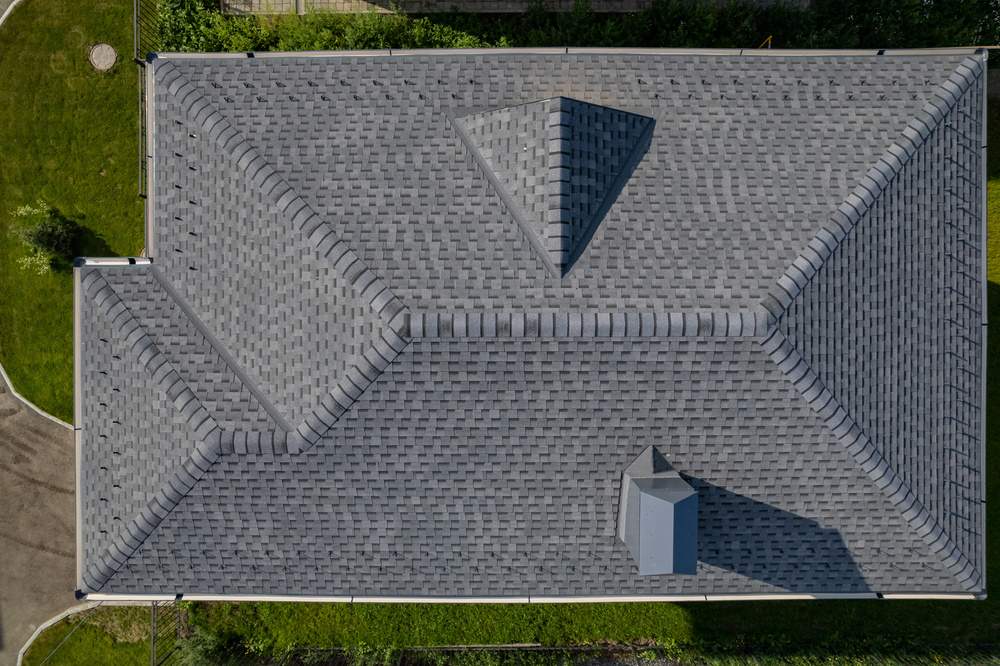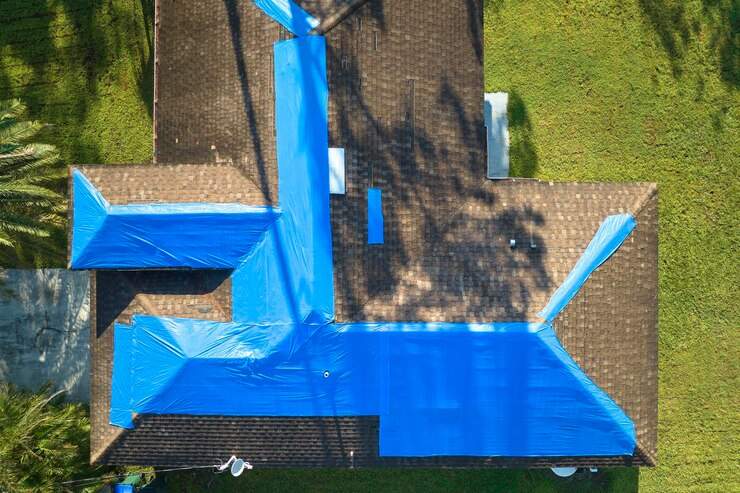In the Twin Cities, where winter snow loads, fluctuating temperatures, and strict local codes shape how homes are built, choosing the right roof isn’t just about looks—it’s about long-term protection.
Whether you’re building a home near Lake Minnetonka, updating an older craftsman in St. Paul’s Mac-Groveland neighborhood, or replacing a hail-damaged roof in Eagan, the design of your roof plays a major role in how well your home stands up to Minnesota’s extremes.
One roofing style that consistently meets and exceeds local building expectations is the hip roof.
Key Takeaways
- A hip roof has four sloped sides that offer strong support and effective water runoff for Twin Cities homes.
- The roof handles snow, wind, and fire risks well while meeting Minnesota’s strict building codes and load standards.
- Local homes benefit from their energy savings, clean design, and fit with both older and newer neighborhood styles.
- Allstar Construction installs hip roofs with lifetime guarantees, transparent pricing, and craftsmanship trusted across the Twin Cities.
What Is a Hip Roof?
A hip roof, sometimes called a hipped roof, has slopes on all four sides that gently meet at the top to form a ridge.
Unlike gable roofs—which only slope on two sides—hip roofs slope down toward the walls on every side of the house. This uniform slope adds stability and allows for efficient water and snow runoff.
You’ll often spot hip roofs in Minneapolis’ newer suburban developments like Maple Grove or Eden Prairie, where builders prioritize wind resistance and snow management.
But they’re also popular in more established neighborhoods for their aesthetic symmetry and practical advantages.
Let’s break down six specific traits that make hip roofs a strong fit for Minnesota building standards, especially here in the Twin Cities.
1. Superior Snow Shedding for Harsh Winters
With Minneapolis–St. Paul averaging over 50 inches of snow each year, snow accumulation is a serious issue.
Hip roofs are naturally effective at shedding snow thanks to their multi-sided slope. In contrast to flatter roof styles common in southern climates, hip roofs reduce the risk of heavy snow buildup that can cause leaks, structural stress, or even collapse.
In areas like Roseville or Bloomington, where tree-lined neighborhoods get dense snowpack from shaded yards, this feature helps homeowners avoid costly mid-winter roof repairs and ice dam removal.
2. High Wind Resistance in Open Areas and Storm Zones
Whether it’s a summer derecho sweeping across the plains or straight-line winds coming off the Mississippi River, the Twin Cities get their fair share of severe wind events.
Hip roofs offer increased wind resistance due to their aerodynamic shape and inward sloping design. This makes them a top choice in places like Woodbury or Apple Valley, where homes often sit on exposed lots or open cul-de-sacs.
Unlike gable roofs, which can catch wind like a sail, hip roofs help distribute wind pressure evenly across all sides—reducing the risk of uplift or asphalt shingle blow-off.
3. Meets Local Load-Bearing Requirements
Minnesota’s building codes, especially in the metro area, require that roofs meet specific structural standards for snow and ice loads. The consistent load distribution on a hip roof helps meet these codes more easily than many other roof types.
This is particularly important for larger homes in Edina or multi-story duplexes in South Minneapolis, where structural integrity is scrutinized more heavily during permit approval.
Builders appreciate how the hip roof’s shape naturally supports these weight demands, often reducing the need for excessive reinforcement.
4. Compatible with Energy-Efficient Roofing Upgrades
Homeowners across the Twin Cities are becoming more energy-conscious, especially in neighborhoods like Falcon Heights or Uptown Minneapolis, where energy efficiency is both an environmental and economic priority.
Hip roofs allow for excellent attic ventilation and insulation layout, which helps reduce heat loss in the winter and heat gain in the summer.
Combined with reflective shingles or solar-ready surfaces, a hip roof can be a powerful tool in lowering your heating and cooling bills—often by up to 20% when energy-efficient materials are properly installed.
5. Aesthetic Versatility That Complements Local Architecture
The Twin Cities offer a mix of architectural styles—from the charming bungalows of Nokomis to the stately colonials in Summit Hill. Hip roofs adapt well to a variety of these local aesthetics.
They add a balanced, clean-lined look that can match both modern builds and historic renovations.
Because they lack the steep peaks of a gable roof, they often comply more easily with local height restrictions, particularly in areas like Highland Park or Dinkytown, where additions and remodels are reviewed by neighborhood zoning boards.
6. Fire and Storm Resilience for Urban and Rural Settings
While wildfires are rare in the Twin Cities, localized house fires and storm-related damage are not. Hip roofs often use more robust framing due to their four-sided design, which can slow fire spread across attic spaces.
This is especially useful in tight-knit city blocks like Northeast Minneapolis, where homes sit close together.
Plus, in rural outskirts like Hugo or Lake Elmo, where thunderstorms can bring hail and falling tree limbs, hip roofs offer improved structural resistance, reducing the risk of major storm damage.
Ready to Build Smarter with a Hip Roof?
Choosing the right roof for your Twin Cities home isn’t just about curb appeal—it’s about long-term durability, safety, and energy efficiency.
If you’re thinking about building or upgrading your roof, a hip roof offers clear advantages that align perfectly with Minnesota’s strict building codes and challenging climate.
At Allstar Construction, we specialize in designing and installing high-performance hip roofs that hold up to Twin Cities weather—from snow-heavy winters to windy spring storms.
We’re fully licensed and insured, and we back every new roof with an industry-leading lifetime guarantee. With transparent pricing and top-tier craftsmanship, we make it easy to get a roof that lasts—and performs.
Call us today at (763) 373-1066 to schedule a free roof consultation or request a custom quote. Whether you’re in St. Paul, Minneapolis, or the surrounding suburbs, we’re here to help you build smart and stay protected.



